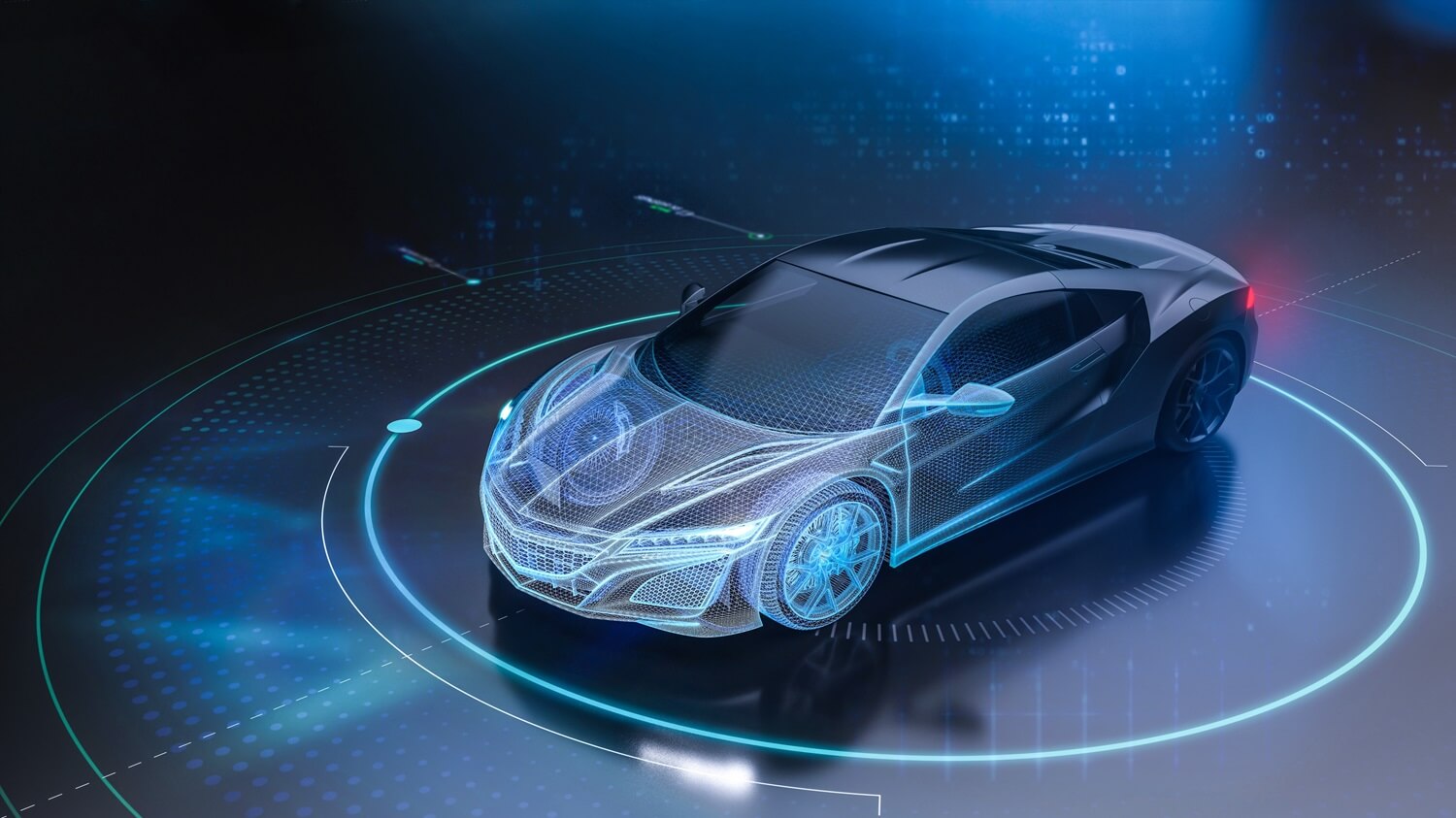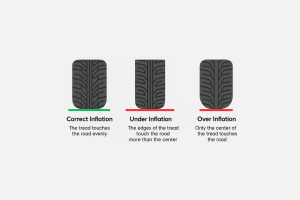In January 1886, Carl Benz applied for a patent for a gas engine-powered vehicle and, as Mercedes-Benz stated, that could be regarded as “the birth certificate of the automobile.” The first ever car was very simple – its main features were the single-cylinder four-stroke engine with the 0.75 hp output.
Safety was certainly not the main concern at the time, and, in fact, the first-ever car looked nothing like the cars we drive nowadays. However, the automotive industry has come a long way since 1886 and various technological advancements have improved cars’ speed, handling, comfort, design, and, most importantly, safety. Decade by decade, several advancements have been made and improved to ensure the highest levels of safety.
This article will explore some of the most significant car safety features and how they were developed.
The Early Developments
The first-ever motor vehicles produced were, as stated earlier, quite simple and car safety was not one of the concerns. The vehicles were difficult to control – they were heavy and often caused crashes. Still, the first 40 years of the 1900s did not see the development of many car safety features. In fact, the first-ever windshields used in cars were made of regular glass. The 1920s saw the invention of laminated glass windshields, which consisted of a layer of plastic put between glass layers to prevent shattering in case of an incident.
Early cars did not have rearview mirrors at all until the 1920s when Elmer Berger designed and developed the first modern rearview mirror. His design became a standard feature of every car, helping improve the driver’s visibility and safety.
The 1920s also marked the beginning of turning indicators. George H. Krob patented this idea in 1925 which involved a mechanical arm which would extend from a car to indicate the turns or lane changes. This was the first type of car signal that was visible to other drivers. In the 1930s, Buick started featuring electric turn signal systems which replaced the mechanical arm with a flashing light to indicate a turn.
Seat Belts and Airbags
Today, seat belts are mandatory and standard equipment in every car. However, a couple of decades ago, seat belts were not even an option. Early cars had seat belt-like features such as lap belts, however, they were not a standard feature.
In 1958, Swedish engineer Nils Bohlin invented the modern three-point seatbelt, which is what we use today. Bohlin invented the seat belt which secures the torso and pelvis in a collision and significantly reduces the risk of injuries or death. Such a seat belt, which consists of a harness that goes across the lap and over the shoulder, distributes the force of an impact over the stronger parts of the body. In 1959, Volvo made a groundbreaking decision and made the invention available to all the car manufacturers for free which made seat belts a standard safety feature all over the world and a legal requirement for all drivers and passengers. Studies show that wearing a seat belt reduces the risk of car crash deaths by up to 50%.
The 1950s also brought the idea of an airbag: engineers started looking for ways to reduce injuries in collisions by using an inflatable cushion. However, the early concepts were not suitable for mass production and immediate use. The idea began to gain more and more attention in the 1960s. In the 1970s, Dr. Allen K. Breed was responsible for creating the first practical system. His company developed an airbag system with an electro-mechanical sensor to detect collisions and deploy an airbag within milliseconds.
In 1981, Chrysler Corporation developed the first modern airbag. The airbag was designed to deploy in a crash, protecting the driver’s chest and head. In the 1990s, airbags became a regular feature in most vehicles. Today, they have been developed even further and are an essential part of car safety.
Modern Era
Beginning with the 1990s, the automotive industry experienced an increasing use of various electronic systems in cars. Electronic Stability Control (ESC) had a breakthrough in the 1990s based on the earlier innovations that aimed to limit wheel spin during acceleration and improve overall traction control.
In 1995, Mercedes-Benz introduced the Electronic Stability Program (ESP) which used various sensors to monitor wheel speed, vehicle rotation and steering angle. When detecting a loss of control, ESP would automatically apply the brakes to help the driver regain control, helping improve vehicle stability.
Several years and innovations later, Volvo introduced the Blind Spot Information System (BLIS) in 2003 which helps with detecting vehicles in blind spots using cameras and radar sensors. This way, BLIS monitors the areas and angles that are typically difficult to see. The system alerts the driver with a visual indicator or an audible warning when another vehicle enters the blind spot.
Huge technological development of the 2010s allowed for several technologies to be developed, such as the autonomous emergency braking invented by Volvo. This feature aims to prevent and mitigate crashes by automatically applying brakes when sensors, radars or cameras register an obstacle or vehicle. Today many vehicles, especially trucks, have this feature.
Volvo also developed a pedestrian detection system in the 2010s. The system uses cameras, radars and sensors to detect pedestrians and automatically applies brakes, helping prevent serious incidents on the road.
The Future
Apart from the above-mentioned features, the 2010s brought plenty of other technologies in modern-day cars such as 360 cameras, driver attention monitoring, side-impact airbags for rear passengers, and more. Modern car safety features have come a long way in improving the overall safety for drivers, passengers and pedestrians.
Many manufacturers today are heading towards autonomous vehicles. This has brought to light other technologies such as adaptive headlights, night vision systems and various assistance systems that combine Artificial Intelligence (AI) and other technology forms to improve the driving experience and safety overall.
Nonetheless, it is important to keep in mind all the groundbreaking inventions in the past that have brought us to this level of car safety and development that we are witnessing today.
Summary
Car safety features have come a long way since the invention of the automobile in 1886. From the early use of laminated windshields and rearview mirrors to the life-saving innovation of seat belts and airbags, each decade brought critical advancements. Modern vehicles now integrate electronic stability control, blind spot monitoring, and AI-driven systems like autonomous emergency braking. These innovations continue to redefine road safety for drivers, passengers, and pedestrians alike.
At Tayaria, we support your journey with reliable tyres that complement today’s advanced automotive technologies—ensuring every drive is safe and smooth.





